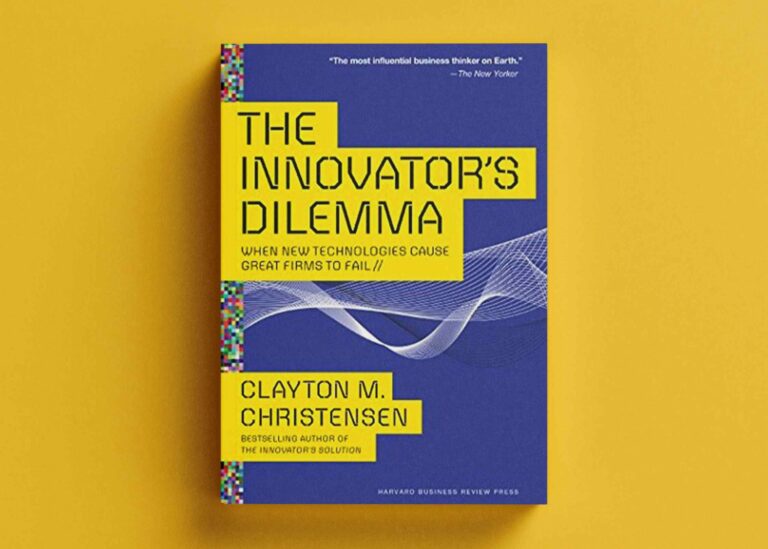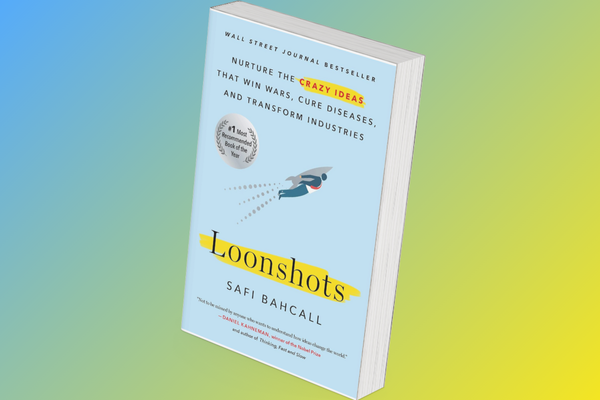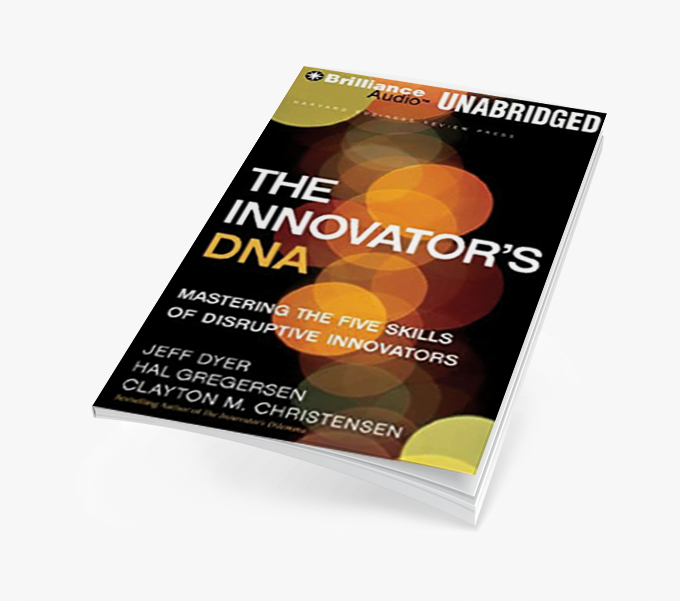The secret advantage of companies like Uber, Tesla, and Airbnb lies not in their tech — but in how they defined the game itself.
The Book That Reframed Innovation Strategy
When Play Bigger debuted, it landed like a manifesto for a new generation of entrepreneurs. Authors Al Ramadan, Dave Peterson, Christopher Lochhead, and Kevin Maney — veterans of Silicon Valley branding and venture capital — argued that the biggest winners in tech weren’t just better competitors. They were category designers.
Their thesis: companies that define a new category capture 76% of its market value. This pattern explains why Uber became synonymous with ride-hailing while dozens of others vanished, or why Airbnb redefined travel while incumbents tried to “adapt.”
Category design, in their view, is the discipline of creating and conditioning market perception around a new problem and its unique solution.
What Is Category Design, Really?
Most companies focus on product innovation: make something faster, cheaper, or smarter.
Category designers focus on problem innovation: make people see the world differently.
In Play Bigger, the process unfolds in three acts:
- Discover — Identify a problem that no one has clearly named yet.
- Design — Craft the narrative that defines that problem and your solution.
- Dominate — Align product, brand, and business model around the new category.
For example, Tesla didn’t just sell electric cars. It sold a vision of a “sustainable energy ecosystem” — a new mental category combining mobility, energy, and environmental aspiration.
Similarly, HubSpot didn’t build just another marketing tool. It invented “inbound marketing” as a philosophy and then became the category leader.
Category design turns marketing into market-making.
Why Most Businesses Miss the Category Moment
The danger isn’t lack of innovation — it’s lack of framing.
In an economy flooded with good products, narrative differentiation becomes economic differentiation.
Most companies rush to compete in existing categories because the rules are clear and benchmarks visible. But that also means the upside is capped. The market already expects what “better” looks like.
In contrast, a new category resets the playing field. The first company to define the problem — and name it — earns mental monopoly. Once the narrative sticks, consumers, analysts, and investors adopt it as truth.
That’s how “the smartphone,” “cloud computing,” and “ride-sharing” became categories — not products.
Category Design as a Strategic Discipline
From a strategy perspective, category design is an alignment exercise across perception, product, and positioning:
- Perception: Define the problem so that your solution becomes the obvious answer.
- Product: Build something that embodies that worldview.
- Positioning: Shape the conversation — in media, investor decks, and customer stories — so your category feels inevitable.
Think of it as economic storytelling. When you control the narrative, you control the flow of value.
In B2B sectors, this can mean inventing terms like “digital twin” or “AI co-pilot” — language that reframes the market lens. In consumer spaces, it can mean turning a product into a cultural statement (as Peloton did with “connected fitness”).
Lessons for Innovators and Strategists
Three takeaways from Play Bigger for anyone shaping tomorrow’s industries:
- Name the game. If you can define the problem, you define the market.
- Design the narrative. Tell a story about the world that only your company can make real.
- Align the business. From pricing to press, every choice must reinforce the category you want to dominate.
Category design is not marketing — it’s market architecture. It’s the discipline of designing not only what people buy, but what they believe they’re buying.
Looking Ahead
In an era of exponential innovation, categories are emerging faster than ever — from AI agents to bio-computation to spatial web platforms. The next Teslas and Ubers won’t just build better technology; they’ll define the mental models that make new economies possible.
For innovators in the UAE and beyond, mastering category design isn’t just about market share — it’s about shaping economic identity. The future belongs to those who name it first.
Follow Tomorrowist for more insights on innovation, deep tech, and value creation.






